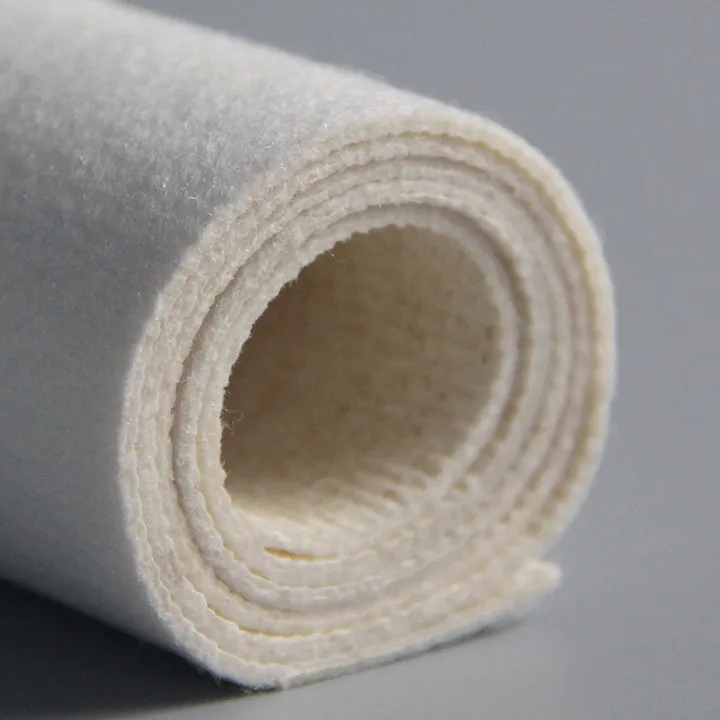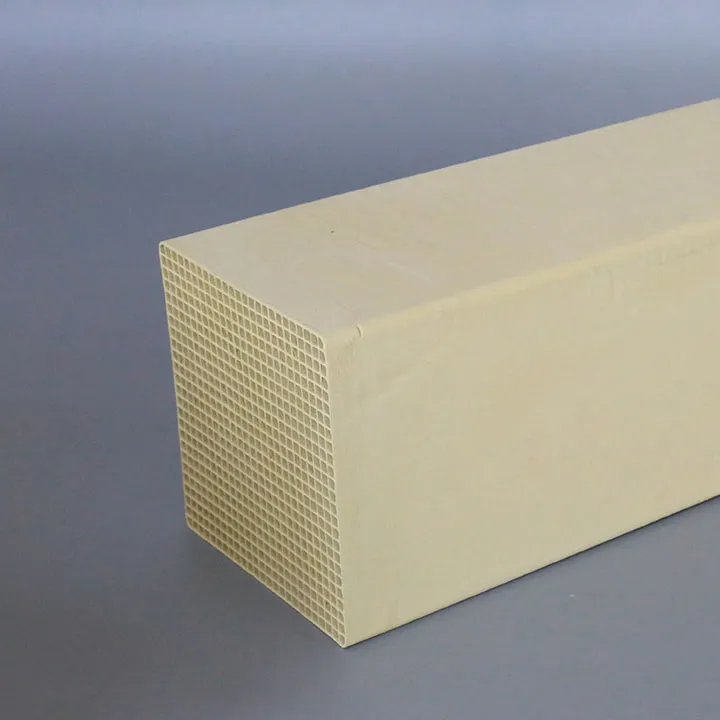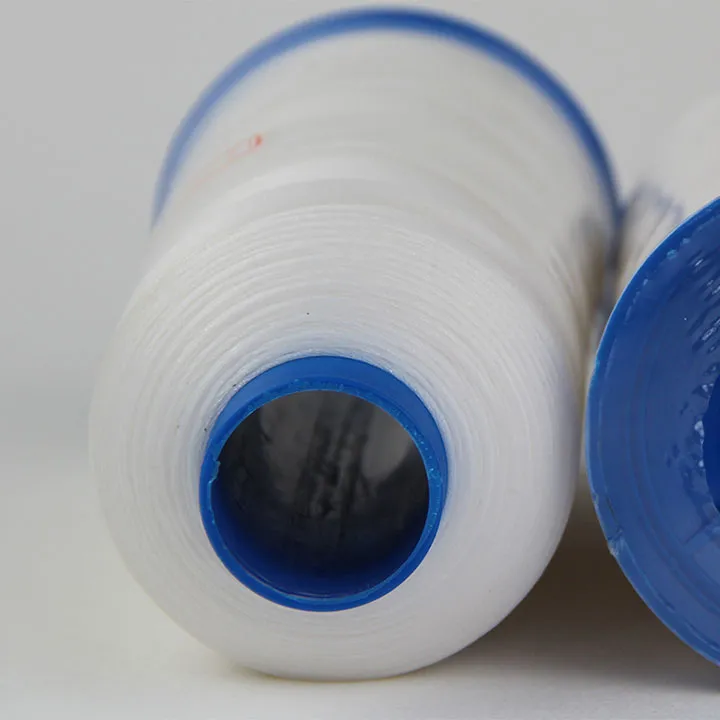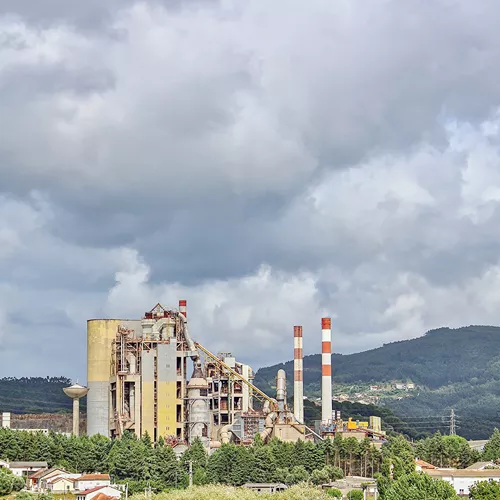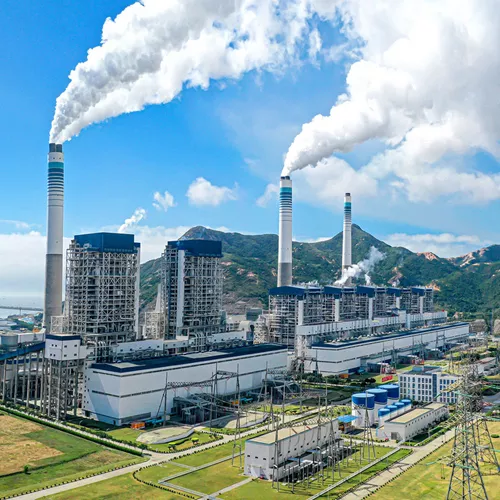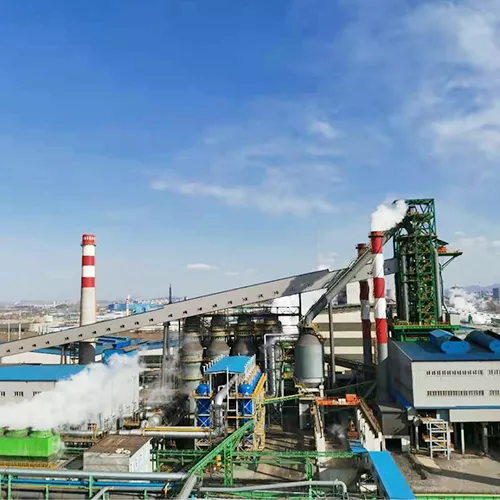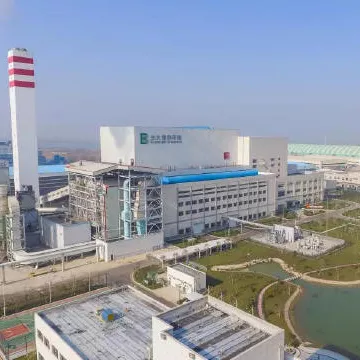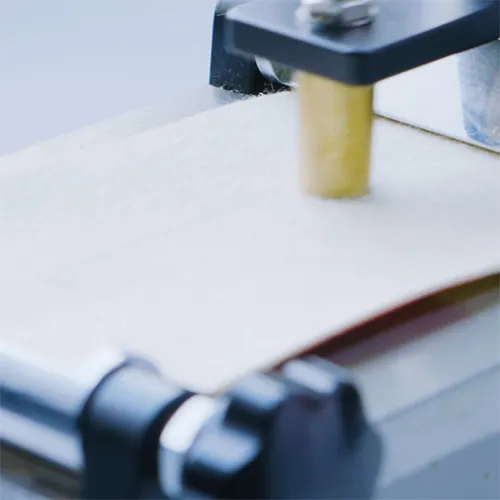The difference between chemical fiber and natural fiber in dust filter bag
In industrial dust removal system, baghouse filter bags are one of the key equipment, which captures and removes particulate matter in airflow through filter bag. The material selection of filter bag has a direct impact on dust removal efficiency, operating cost and equipment life. Generally, filter bag materials are mainly divided into two categories: chemical fiber and natural fiber. These two materials have their own characteristics and applicable scenarios. This article will analyze the difference between them in detail to help users make a more appropriate choice.
Basic materials and sources
- Chemical fiber
Chemical fiber is a fiber made by chemical synthesis or modification of natural polymers, such as polyester (PET), polypropylene (PP), polyimide (P84), polytetrafluoroethylene (PTFE), etc. These materials are usually made from petroleum or other chemical raw materials through polymerization.
- Natural fiber
Natural fibers come directly from nature, such as cotton, wool, silk, etc. In the field of dust removal, the most common natural fibers are cotton and wool. These fibers are produced by animals and plants and can be used to make filter bags after simple physical treatment.

Performance Comparison
- Temperature Resistance
Chemical Fiber: Different chemical fibers have different temperature resistance. For example, polypropylene (PP) can withstand higher temperatures (up to 90°C), while polyester (PET) has lower temperature resistance (about 130°C). Special chemical fibers such as polyimide (P84) and polytetrafluoroethylene (PTFE) can work at higher temperatures (up to 260°C and 300°C, respectively).
Natural Fiber: Natural fibers usually have lower temperature resistance, such as cotton, which usually does not exceed 100°C.
- Corrosion Resistance
Chemical Fiber: Some chemical fibers such as PTFE have excellent corrosion resistance and can resist the erosion of most chemicals. Others such as polypropylene and polyester also have certain corrosion resistance, but worse than PTFE.
Natural Fiber: Natural fibers have poor corrosion resistance, especially to acidic and alkaline substances.
- Mechanical Properties
Chemical Fiber: Chemical fibers usually have higher strength and elasticity, making the filter bag more wear-resistant and longer-lasting. For example, P84 fiber is not only resistant to high temperatures, but also has good wear resistance.
Natural fiber: The mechanical properties of natural fibers are general, such as cotton and wool, which are not as wear-resistant as chemical fibers.

- Filtration efficiency
Chemical fiber: By adjusting the diameter of the fiber and the weaving method of the filter bag, chemical fiber can be designed to produce high-precision filter materials, which are suitable for dust removal occasions with high requirements.
Natural fiber: The filtration efficiency of natural fiber is relatively low and difficult to accurately control.
- Cost
Chemical fiber: Due to the complex production process, the cost of some chemical fibers is high, such as PTFE and P84. However, the cost of common chemical fibers such as polypropylene and polyester is low.
Natural fiber: Natural fibers are generally low in cost, but due to their performance limitations, they may not be suitable for high temperature or corrosive environments.
Application scenarios
- Chemical fiber
Due to its excellent performance, chemical fibers are widely used in various industrial dust removal occasions, especially in high temperature and high corrosive environments. For example, PTFE filter bags are often used in waste incineration and cement manufacturing industries, while P84 dust filter bags are suitable for dust removal in high-temperature coal-fired boilers.

- Natural Fibers
Natural fibers are mainly used in low-temperature, low-corrosion environments, such as food processing and the pharmaceutical industry, where high requirements are placed on the purity and safety of filter bag materials.
Choosing the right dust filter bag material is essential to ensuring the efficiency and reliability of the dust removal system. Chemical fibers and natural fibers each have their own advantages and limitations, and users should consider the actual application environment and needs when choosing. With the development of technology, the performance of chemical fibers continues to improve and the scope of application is also expanding. However, in certain specific cases, natural fibers are still a cost-effective choice. By deeply understanding the characteristics of the two materials, users can more accurately customize the dust removal system to achieve the best cost-effectiveness and operating results.



